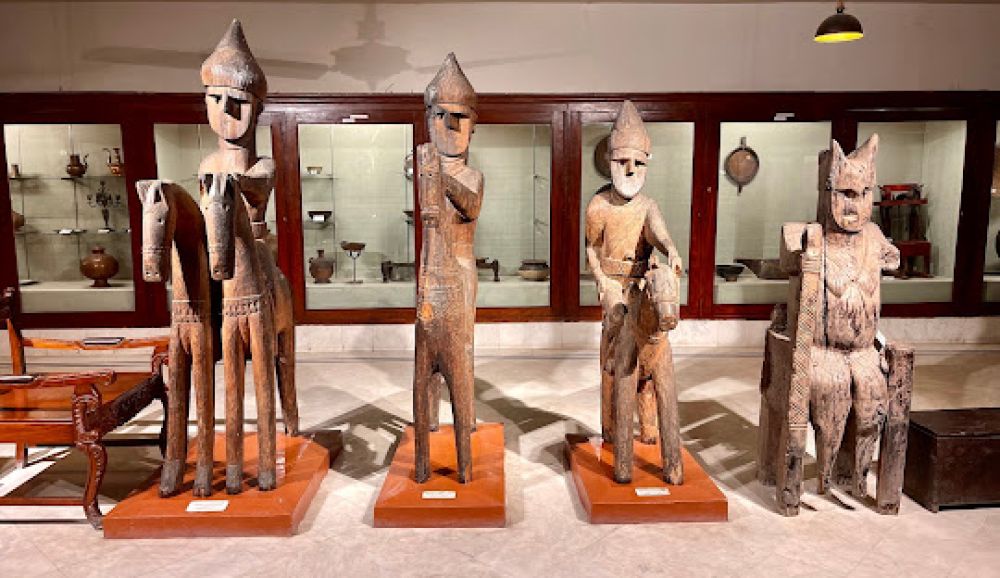Peshawar Museum, located in the heart of Peshawar, Pakistan, is a repository of the region's rich and diverse history, offering a glimpse into the past through its vast collection of artifacts. The museum was established in 1907 during the British era and is housed in a grand Victorian-Gothic building, which is an architectural marvel in itself. It originally served as a Victoria Memorial Hall. The museum's collection spans various eras, from the ancient Indo-Greek, Gandhara, and Mughal periods to the Sikh and British colonial eras. It is renowned for having one of the largest collections of Gandharan art in the world, including Buddhist relics, statues, coins, and inscriptions. The museum's exhibits not only offer insight into the religious and cultural heritage of the region but also illustrate the historical trade routes, like the Silk Road, that intersected here. Artefacts on display include jewelry, weapons, pottery, and household items, each telling the story of a bygone era. Its educational role is significant, drawing students, historians, and tourists who are eager to learn about the area's storied past.

